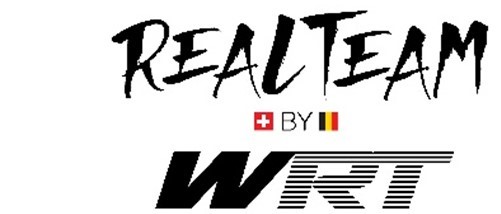Key Challenges of 2022-spec LMP2 Explained
2022 sees some changes to LMP2, so what do the experts think so far?
LMP2 has consistently brought excellent racing to the FIA WEC for a decade now creating new young stars, memorable racing and the occasional giant-killing act.
The category hasn’t never been healthier with a record 15 car season entry seeing teams from nine countries competing with some of the biggest names in international racing – Robert Kubica, Alex Lynn, Rene Rast, Robin Frijns, Esteban Gutierrez and Felipe Nasr all fighting it out for glory.
The LMP2 platform is currently eligible in the FIA World Endurance Championship, European and Asian Le Mans Series as well as the IMSA WeatherTech SportsCar Championship.
This season an aerodynamic kit in "Le Mans" configuration will be adopted for the entire season, while in the European Le Mans Series, a "standard" bodywork will be used. A slight reduction via air-restriction in the Gibson provided engines and the reduction of fuel tank volume to approximately 65 litres has also been sanctioned.
All this made for an intriguing reaction from teams, drivers and also one familiar former LMP2 class winner who has now turned special pundit specialist for WEC TV, Anthony Davidson.
.jpg)
“The biggest change was obviously last year when they had to use the Le Mans package everywhere, so that was really the biggest change,” said Davidson
“For context this is a much smaller percentage going into this season than the change we all experienced last year.
“It's funny because after speaking to quite a few different drivers there isn’t a consistent consensus among them really.
“Some could feel a relative lack of grip, maybe the lack of power a little as well compared to 2021 and they found it a bit more difficult to drive in some ways because of having less downforce.
“But others I spoke to could barely feel the difference, so I'm still unsure as to exactly what the change has done to these LMP2 cars,” concluded Davidson
RealTeam by WRT driver, Norman Nato, broadly agrees with Davidson, although he thinks that Spa will provide much more consistent feelings as to the differences between 2021 and 2022 spec LMP2 racing.
“Firstly, I think it is tricky to give a proper view now because we have had little running and at a special track like Sebring it is hard to make detailed comparisons,” said Nato.
“But clearly we've lost some front downforce, which you can feel in fast corners.
.jpg)
“It is a little more difficult to rotate the car and you get more understeer with the less downforce basically coming from the front of the car, so it's up to us with the setup to try to make use of the platform and the downforce as best as possible, and to link everything with the mechanical balance, which is not so easy to be honest.
“The front locking is one thing that starts to be quite difficult to manage, especially when tyres are cold after an FCY or a Safety Car because we've got less downforce.
“They've also removed some power so you can feel it on throttle like it's let's say easier to go flat out ahead of a have a tight corner, but I mean, you get used to it
“After Spa, where you have a purer feeling from last year to this, it will be much easier to explain and describe the more detailed feeling of change I would say.”
The TotalEnergies 6 Hours of Spa-Francorchamps takes place over the 5-6-7 May.











